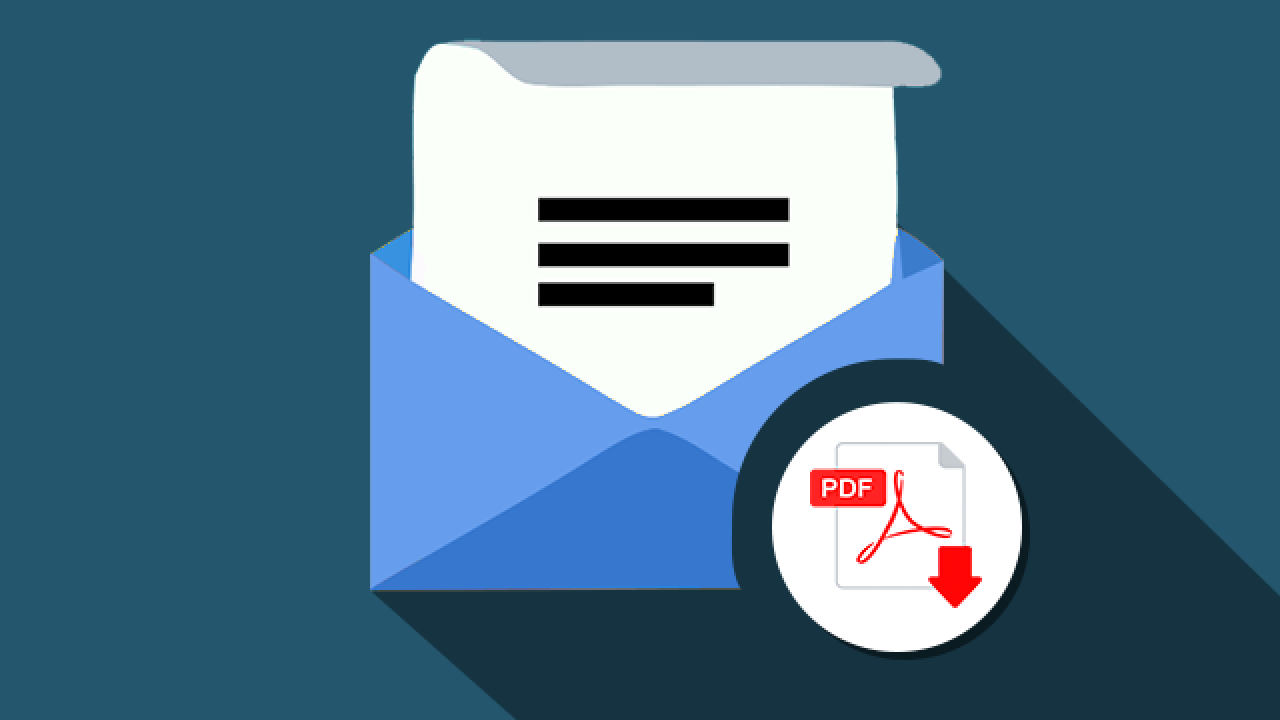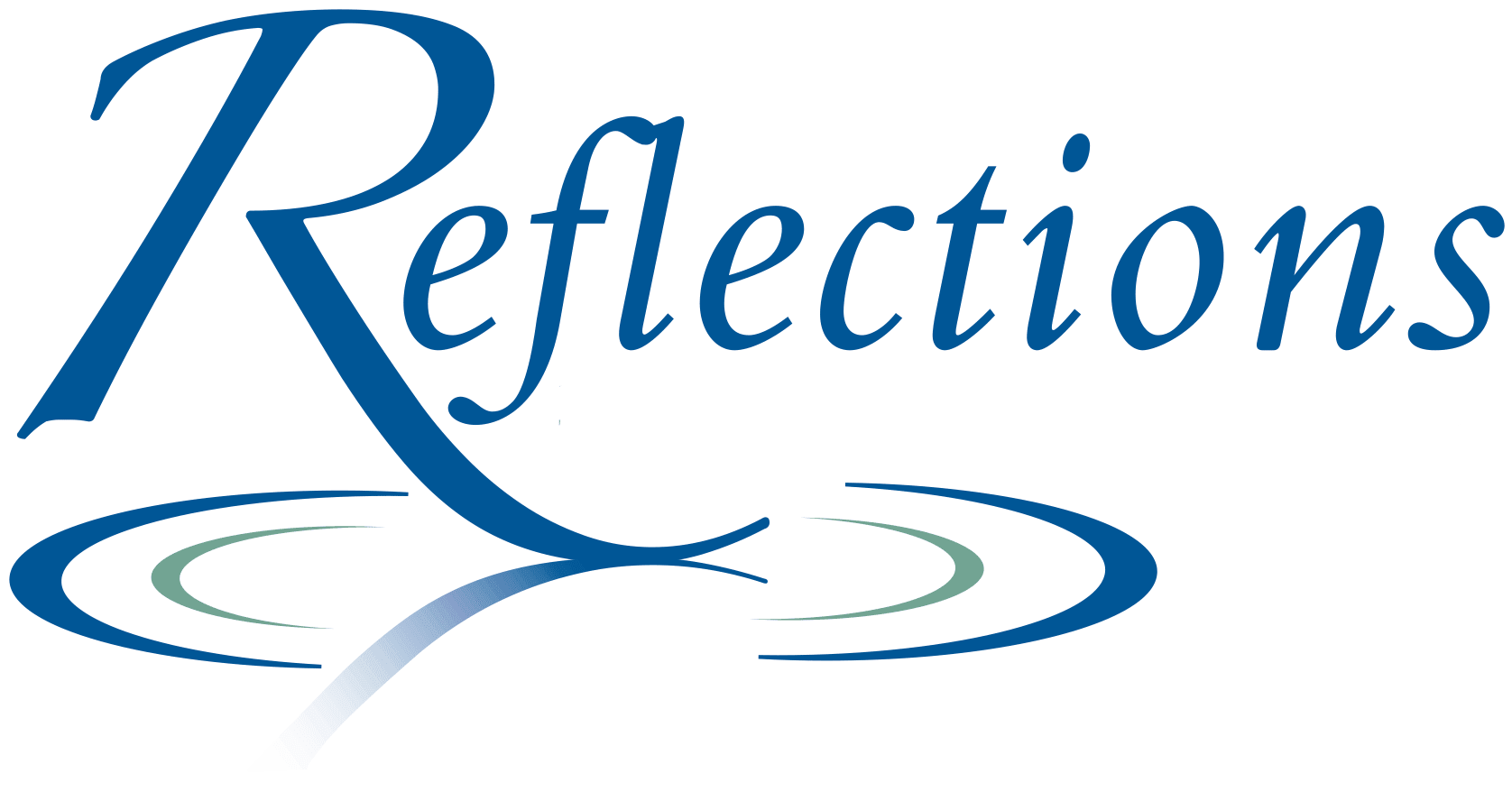Gmail is one of the most popular platforms for email in this digital age. It can be difficult to organize and manage emails. This is why the capability to save emails as PDF files comes in handy providing a practical way to preserve and share important messages.
Why do we save emails as PDF files?
Before we dive into the steps, we must learn the importance of saving emails as PDF. Portable Document Format (PDF) is a standard format that is able to be used on a variety of devices. You can make a PDF of your email content which retains all the formatting as well as the structure of attachments and other information. This means that vital data is kept intact and helps to share it with others.

How to save an email as a PDF file in Gmail
1. Open the email: Sign in to your Gmail account. Click on the email you would like to save as an PDF.
2. Click the Print icon. Locate the icon for printing (usually a printer). Click it to open the print dialog box.
3. Choose “Save as PDF” in the destination field: Select “Save As PDF” from the list of available printers.
4. You can choose to adjust the settings prior to saving. This can include paper size and orientation, layout etc.
5. Click “Save”. Click the Save button to select the destination folder and save the message as a PDF.
Your Ultimate Guide to Seamless Conversion
Once we’ve walked through the fundamental steps we’ll look into additional tricks and tips to enhance your experience when saving emails to PDF using Gmail. For more information, click Save Email to PDF
Create folders to organize your documents. To ensure a consistent method in place, you can create folders divided into different categories. For example, folders could be designed for emails related to personal or work communications, and certain projects. The storage of emails in PDF format into these folders makes retrieving them simple.
The batch printing feature of Gmail lets you choose several emails and print them all at once. This feature will save you time. It is particularly beneficial when you have to archive whole conversations or project threads.
Name conventions: Use a common name for all of your PDFs. Include details like the sender’s name, the date or subject in order to locate specific files.
Make sure that PDFs are password-protected when they contain sensitive data for extra security. This ensures that only authorized users have access to the content, adding an extra layer of protection.
Cloud Storage Integration: Consider the option of integrating your Gmail account with cloud storage services. You can save your email directly as PDFs using platforms like Google Drive. This allows users to access them at any time.
The article’s conclusion is:
The ability to save Gmail emails as PDF is an important skill that can increase your capabilities in managing email. Converting emails to PDF can be an easy way to archive important communications, creating a library of reference information as well as sharing information with coworkers.
Learning this technique will not only enhance your workflow, it will also help you stay organized and efficient. Utilize the power of PDF format to efficiently store your emails, share them with others and refer back to your emails while you traverse the vast world of emails. Make sure to save your emails as PDFs so you can increase the efficiency for your Gmail account.
